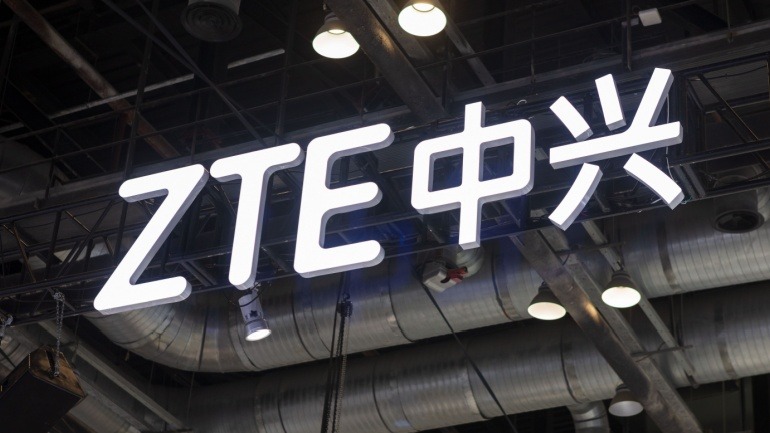At the recent United Nations Summit of the Future 2024 in New York, ZTE has showcased its efforts to bridge the digital divide in some of the world’s most remote regions. During her keynote titled “A Digital Future for All,” ZTE Vice President Summer Chen highlighted several initiatives designed to connect underserved areas through advanced digital technologies.
One notable project is the connectivity effort at Kekexili, the world’s highest UNESCO natural heritage site. This region, known for its fragile ecosystem and rare species like the Tibetan antelope, remained largely untouched until ZTE collaborated with China Mobile and Sanjiangyuan National Park. Together, they built a 5G base station, enabling real-time monitoring of endangered species and live-streaming of antelope migration. This not only raised global awareness but also improved the rangers’ ability to protect the habitat.
The 5G base station utilizes two frequency bands—700 MHz for extensive coverage and 2.6 GHz for high-definition video capabilities. This network supports a radius of over 10 kilometers, allowing comprehensive monitoring and communication features. Consequently, this technological advancement has significantly reduced the need for physical patrols, cutting them down by 80%.
Transitioning to other projects, Chen highlighted innovations like the 5G Bee-o-Meter in Austria, designed to enhance bee survival. Another initiative is a 5G messaging app in China focused on panda conservation. These projects underline ZTE’s commitment to leveraging digital solutions for ecological and biodiversity conservation.
In addition, ZTE has extended its connectivity efforts to Liberia through a collaboration with Orange Liberia. The initiative involves the deployment of 128 full turnkey communication sites using ZTE’s Rural EcoSite solution. These sites are cost-effective, easy to deploy, and environmentally friendly, supporting multiple generations of technology including 2G, 3G, 4G, and 5G. By utilizing solar power and smart lithium batteries, these sites ensure continuous operation even in off-grid areas.
These projects serve as examples of how ZTE’s technology not only addresses connectivity but also promotes environmental sustainability. By utilizing long-range and high-bandwidth solutions, these initiatives provide essential services in otherwise unreachable areas.
As Chen concluded, she reaffirmed ZTE’s dedication to the United Nations’ Sustainable Development Goals (SDGs). She emphasized that digital innovations are key to fostering resilient ecosystems and prosperous communities.







